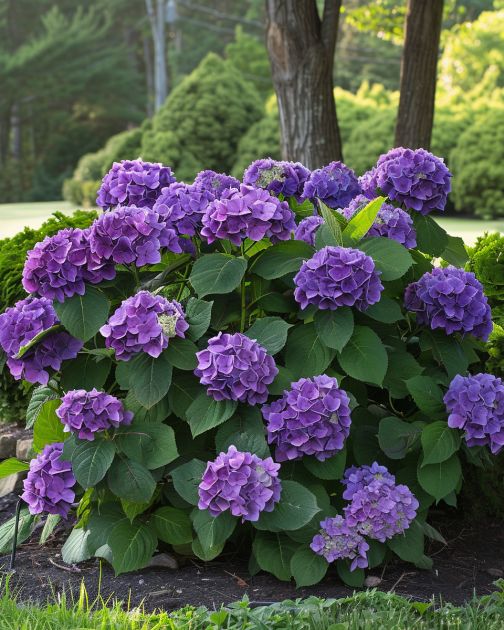ADVERTISEMENT
Understanding Hydrangea Varieties and Their Needs
Before diving into the care specifics, it’s important to understand the different types of hydrangeas. The most common varieties include Bigleaf (Hydrangea macrophylla), Panicle (Hydrangea paniculata), Smooth (Hydrangea arborescens), and Oakleaf (Hydrangea quercifolia). Each type has unique characteristics and care requirements. For instance, Bigleaf hydrangeas are known for their large, round blooms and are sensitive to soil pH, which affects their color. Panicle hydrangeas, on the other hand, are hardy and can thrive in a variety of climates.
Soil and Light Requirements
Hydrangeas prefer well-drained soil rich in organic matter. To achieve optimal soil conditions, incorporate plenty of compost or aged manure. This not only improves soil fertility but also enhances its water retention capabilities. The acidity or alkalinity of the soil will influence the bloom color, particularly for Bigleaf hydrangeas. For instance, more acidic soils will produce blue flowers, while alkaline soils will result in pink blooms.
Light conditions are equally critical. While hydrangeas are generally adaptable, they perform best in environments with morning sun and afternoon shade. Too much direct sunlight can lead to scorched leaves and hindered growth. Conversely, too little light can result in fewer blooms. Finding the right balance is key to flourishing hydrangeas.
Watering and Fertilization
Consistent watering is vital for hydrangea health. These plants require deep watering at least once a week, especially during dry spells. It’s crucial to water at the base of the plant to prevent disease and ensure moisture reaches the roots. Mulching around the base can also help retain moisture and regulate soil temperature.
When it comes to fertilization, hydrangeas benefit from a balanced, slow-release fertilizer applied in early spring. This provides essential nutrients that support robust growth and abundant blooms. Avoid over-fertilizing, as this can lead to leafy growth at the expense of flowers.
ADVERTISEMENT


